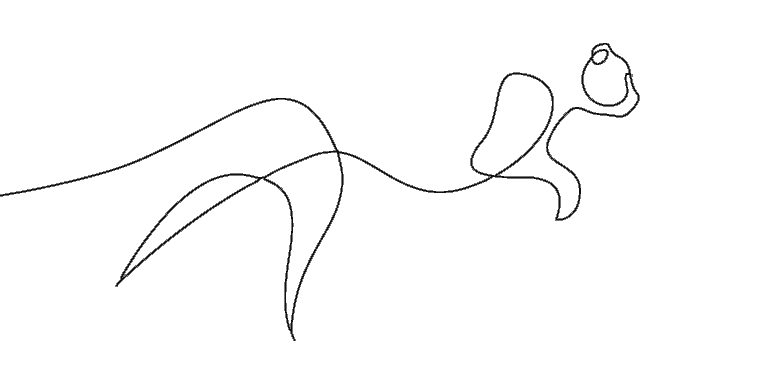

ELEPHANT
CONSERVATION
Elephant Darting
The largest land animal on earth, the elephant, this graceful creature roams freely between the national parks in Zimbabwe, Zambia, Mozambique and South Africa. These vulnerable animals need our constant preservation to ensure the continuation of their species and there are a few ways you can actively take part in this.

Relocation
Moving them to safer protected areas.

Elephant Care
Removing snares and
treating wounds.

Collaring
Placing a tracking collar on the elephant
Along side our specialised Veterinarian you will play a key role in each of these procedures which all start from take off.
A private helicopter is used in each case to safely locate the individual elephant from the air with our ground support in pursuit. Using the helicopters agility to herd the elephant into a safe clearing the pilot skilfully manoeuvres low enough for the elephant to be darted with a strong sedative.

Few helicopter missions are as challenging or rewarding as wildlife darting and capture — both from the perspective of the pilot, and the person with the dart gun in the back. For the pilot, manoeuvring the animal into a safe clearing that is close enough to the ground team is a fine balancing act — knowing when to move in and when to back off.
The highly concentrated cocktail of drugs begin to kick in after ten minuets, once the animal is down the ground team quickly moves in and the helicopter lands nearby. The veterinarian rushes to work to minimise the stress on the animal.
For those who share in our deep love of Africa and our passion for protecting the continent’s landscapes and wildlife, being given the chance to immerse oneself as a six tonne sedated elephant rests on its side is a once in a lifetime experience.
Researchers collect as much information as possible while an elephant is anaesthetised, because of the time and expense involved in darting each animal, it only makes sense to take full advantage of the opportunity. The emotionally intense procedure is painless for the elephant but the memory of being up close to Africa's most gracious animal, feeling the blood pump through their ears and knowing that you have made a lasting difference in the preservation of their species and habitat, will always stay with you.
With an increase in both wildlife and human populations along the unfenced boundary of the concession comes a heightened conflict between the animals and the people living in neighbouring villages. The livelihoods of these communities are threatened by the presence and behaviours of wild animals who often trample or eat their crops, and are injured or killed by the villagers in retaliation. Finding a mutually beneficial solution to this challenge is critical.
Using satellite collars, allows for real-time monitoring and increased security for elephant, protecting them from poaching by alerting rangers and field teams about their location. It will also identify critical habitats, seasonal dispersal areas and corridors for elephants that may require enhanced protection. The collars overall will strengthen our critical elephant conservation efforts.










